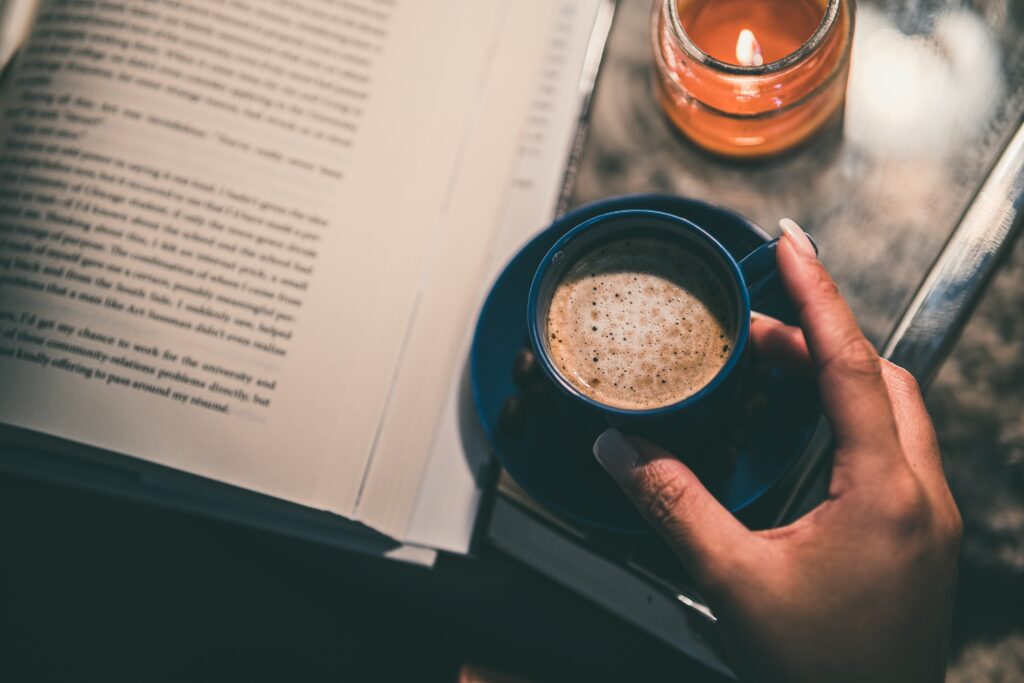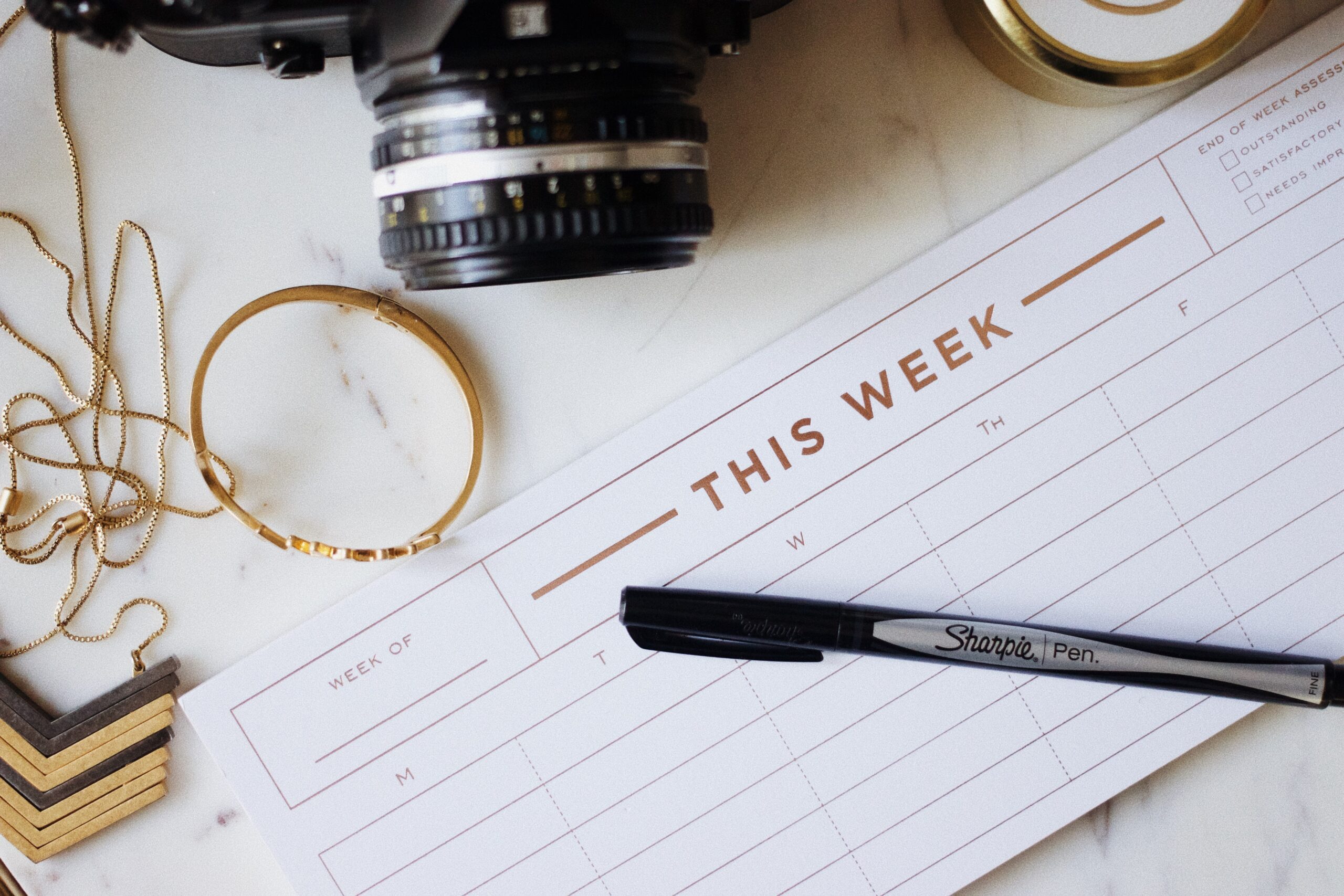When we hear the words “schedule” or “routine” we usually cringe on the inside. To many, those words mean that we do not have freedom in our lives to do what we want, when we want. We live in a time when spontaneity is almost revered and having a schedule/routine is viewed as a freedom stealer.
Yet, we expect teachers to have a schedule for their classrooms so we know that they will have enough time in each day to teach what children need to learn for the school year. We expect doctors to schedule our appointments and keep to the schedule as closely as possible so our time is not wasted in the waiting room.
As a homeschooling mother myself, I was torn between the freedom that homeschooling gave me in terms of the flow of our day and the personal need for my time to be assigned so my responsibilities could be completed.
Affiliate links may be used in this post. You can view our full disclosure here.

Honestly, doing the same exact thing day in and day out can seem somewhat dull, and the longing for a bit of excitement, a change of pace, or the unexpected can weigh on the back of my mind…. until that change comes, and then I long for my monotonous routine again.
And then I went to our annual Classical Conversations Practicum and read this:
“Because children have abounding vitality, because they are in spirit fierce and free, therefore they want things repeated and unchanged. They always say, “Do it again”; and the grown-up person does it again until he is nearly dead.” G. K. Chesterton
Children want routine. They want to know what is coming next. They enjoy sameness and repetition… even if it leaves mom feeling nearly dead.
But what is a routine? A routine is an unvarying and constantly repeated formula, as of speech or action; and a convenient or predictable response: a customary or regular course of procedure. [source]
Basically, it is a series of steps that you take throughout your day. It does not have a specified time, but it happens with regularity, the same way each and every day to the point where you no longer have to think about which step comes next.
Think of a gymnast. She has practiced her routines whether for the uneven bars, balance beams, floor exercise or vault so many times that her body knows exactly what is expected of it. The muscle memory has been so refined that she is mentally present to make sure each step is made with precision without having to wonder what she is supposed to do next. She can do these routines at any time of the day- no specific time has been assigned to each move- but she knows exactly which move will come next.

On a personal level, we do not have a specific time that our kids have to wake up, but when they do wake up, there are four things that need to be done. These are things that have been expected of them since they were preschool aged.
Children’s Morning Routine
- Read the Bible (We used an age-appropriate devotional for Addie when she was elementary aged, and Ian had a picture Bible he looked through. The idea was to get them used to putting God first on their own. Now their devotions reflect their ages. Ian just finished working his way through this devotional and is now using this for his devotions, and Addie uses the Bible app devotionals.)
- Make the bed (age-appropriate expectations are important here)
- Get dressed
- Brush your teeth
I have a few routines that guide my day as well.
Morning routine
This is the best way for me to start my day. I usually have successful days as long as I complete the majority of this routine…. but sometimes life happens…. like the time I had one little monkey jumping on the bed and then doctor visits trumped my day.
- Make morning cup of coffee and prepare and set coffee pot to turn on at 6:30 am
- Put a load of laundry into the wash
- Devotions (After making my morning cup of coffee, setting up the coffee maker to turn on, and getting the laundry started, I sit in the living room to have my devotions.)
- Prep dinner (crockpot prep or thaw meat)
- Get dressed
- Dry laundry

My evening routine
The best way for me to start my morning is to prepare for it the night before. When these are complete, my morning routine works itself out flawlessly.
- Check my planner for what is on the schedule for the following day (For busy days, I fill out an hourly planner printable to make sure I do not overestimate my capabilities.)
- Prepare anything that is needed for the following day and place it by the front door (Backpacks, purses, forms, bags of items to donate or give to a friend… you get the idea. This keeps us from forgetting the things we need to have on hand.)
- Lay out clothes for the following day (Spending a few minutes tonight planning out tomorrow’s outfit will save us so much time staring at our closet in the morning, looking for the perfect bracelet, or discovering too late that our sweater is missing a button.)
- Prep Brian’s lunch (I make the main part of Brian’s lunch- sandwich, pasta salad, etc.)
- Defrost meat for dinner the following day (Knowing what out meal plan is for the week helps me have a dinner plan, so we aren’t running for fast food.)
- Straighten up the house (Leaving my home in order when I go to bed means I am waking up to a neat and tidy house.)
- Shower (I take my shower in the evening, so my morning is free for other things. It also allows my hair to dry overnight so I’m not drying out my hair with a blower.)
Notice, there are no times set for any of the routines, no specified lengths of time for anything on the list. Because of my calendar, if we have to leave the house, I know what time we have to be out the door, but the routines can be done at whatever pace is necessary for the day.

Creating Your Routine
The first thing to do when creating your routine is to choose a specific part of the day and figure out what is important for you to complete for that part of the day in order for your day to run well. Write out everything you think you need to do.
Then, take a look at your list and decide what is actually necessary to complete at that time of the day. Sometimes we can put more on our plates than is actually necessary for us to do… and then we wonder why it feels like nothing ever gets done.
Next, decided what the most logical order is to complete each step. I have come to realize that putting my laundry to wash, getting my coffee, getting the coffee pot ready for Brian, and then sitting down for my devotions is a more efficient use of my morning time because I can set my laundry to dry before I begin teaching in the mornings and have a cup of coffee while I have my devotions.
Finally, write down your list or insert them into an app that will help you keep track. I use the notes app on my phone. I use the checklist function and check them off as I complete each one. At the end of the day, I only have to uncheck them and my list is ready for the next day.
1 Corinthians 14:40 says, “Let all things be done decently and in order.” When I follow our routines our days flow beautifully, there is less stress, and my children have a quieter spirit because they know what to expect and there are no sudden surprises.
Do I always enjoy following our routines? The honest answer is no. As much as my personality loves order, the other side of me hates monotony. But as the monotony of routine can sometimes push me into a rut, I like to think of the rest of G. K. Chesterton’s quote which reminds me of how much I appreciate the routines the God has put into our natural world:
“For grown-up people are not strong enough to exult in monotony. But perhaps God is strong enough to exult in monotony. It is possible that God says every morning, “Do it again” to the sun, and every evening, “Do it again’ to the moon.”
Do you have a routine that you can’t live without? What works for you? I’d love to hear what routines help streamline your day.




